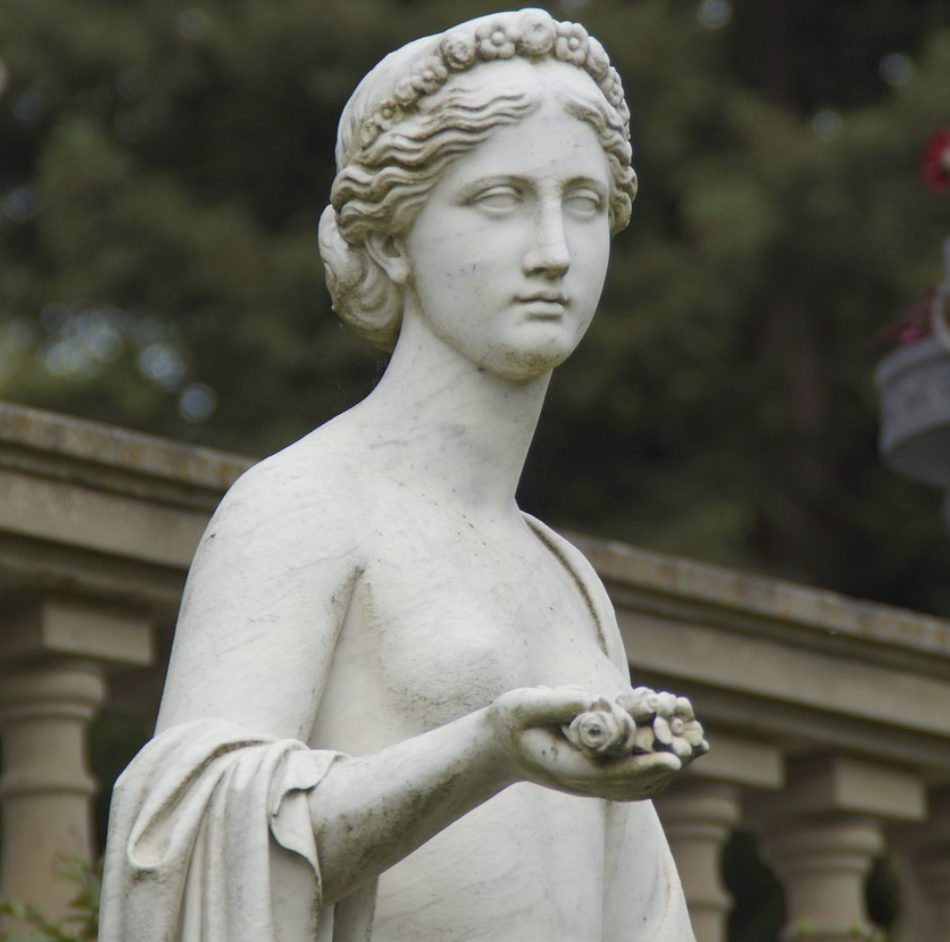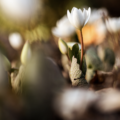Honoring Flora – the Goddess of Flowers and Spring – in Lore and History
"Today, carpology studies fruits and seeds, and carp is the fruiting body of a fungus.
The Latin term Carpe diem or Seize the day could also be considered Make the day fruitful."
On this day, April 27, the Romans honored Flora - the goddess of flowers and spring.
Today, the word flora is a general name for the plants of a region.
One of the goddesses of fertility and a goddess of eternal youth, Flora was married to the west wind god, Zephyr. She was also the mother of Carpus - a beautiful boy whose name means “fruit.”
Today, carpology studies fruits and seeds, and carp is the fruiting body of a fungus. The Latin term “Carpe diem” or seize the day could also be considered “Make the day fruitful.”
Now, while the growing season starts with Flora, the goddess of spring, it ends with Pomona, the goddess of the Harvest.
And so, the two goddesses - Flora and Pomona - were respectively celebrated at the beginning and end of the growing season.
In 1884, the British artist and designer Sir Edward Coley Burne-Jones created two beautiful tapestries that depicted life-sized figures of Flora and Pomona.
Each Tapestry was nearly ten feet long, and a backdrop of foliage and flowers surrounded both goddesses.
To the Romans, Flora and Pomona were deemed necessary enough to have their own dedicated priests, temples, and festivals.
Flora’s priest was the Floralis, and her festival was the Floralia.
Established in 240 BCE, the Floralia was a week-long festival celebrating renewal and rebirth with drinking and flowers. During the festivities, even men wore flowers, and women were allowed to wear bright-colored clothing - something considered taboo otherwise.
One of the most beautiful and beloved frescos from this time depicts Flora.
Beloved by many, this masterpiece highlights Flora against a green background. She’s wearing a yellow dress and walking barefoot with her back to us. Her left arm holds a cornucopia basket filled with delicate spring flowers, and her right hand is reaching to pluck a white flower from a shrub. The Flora fresco is housed at the National Archaeological Museum in Naples, Italy (cat. no. 8834).
Finding representations of Flora in art is easy - if you know what to look for.
Flora is often shown holding a small bouquet and crowned with a halo of blossoms.
But can you guess what Flora’s special gift was?
(Here’s a hint: it was made (naturally) from flowers and was highly valued by the Romans for its medicinal and culinary uses.)
The answer is honey.
This post was featured onThe Daily Gardener podcast:
helping gardeners find their roots,
one story at a time






